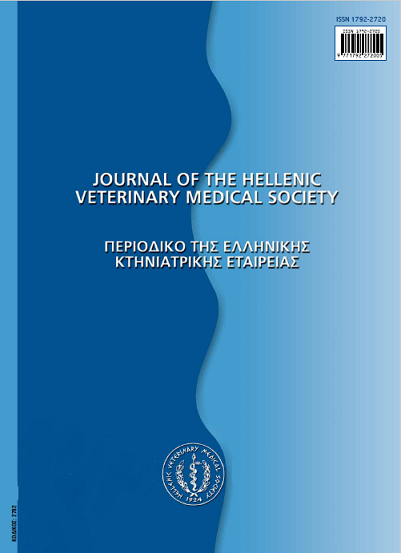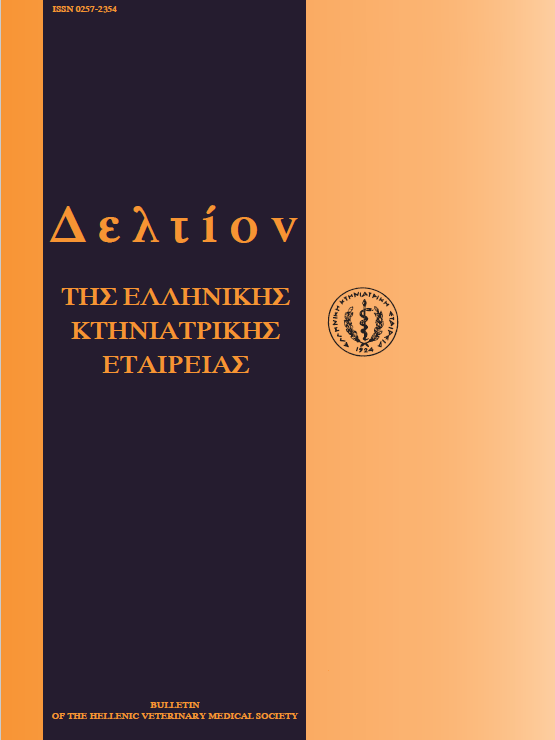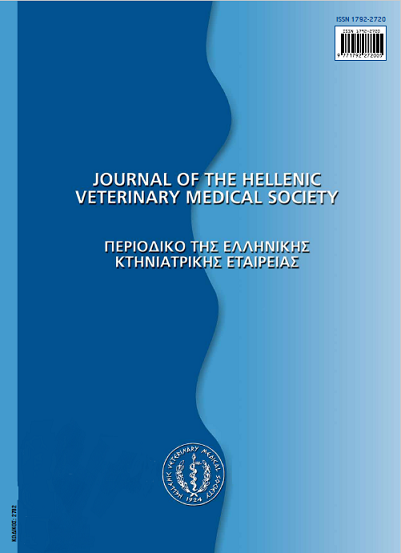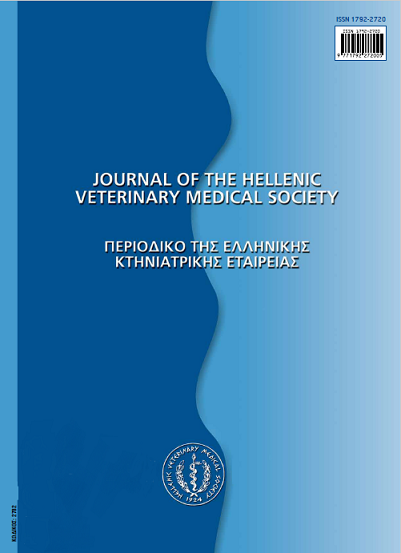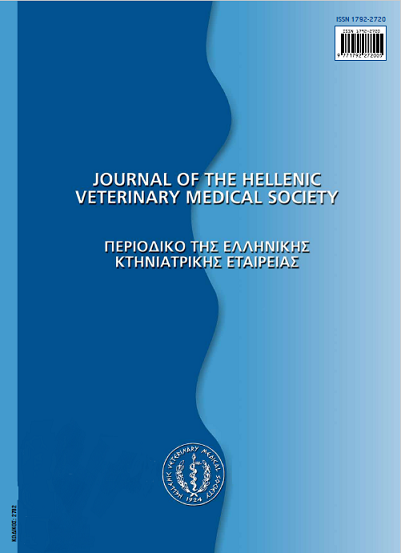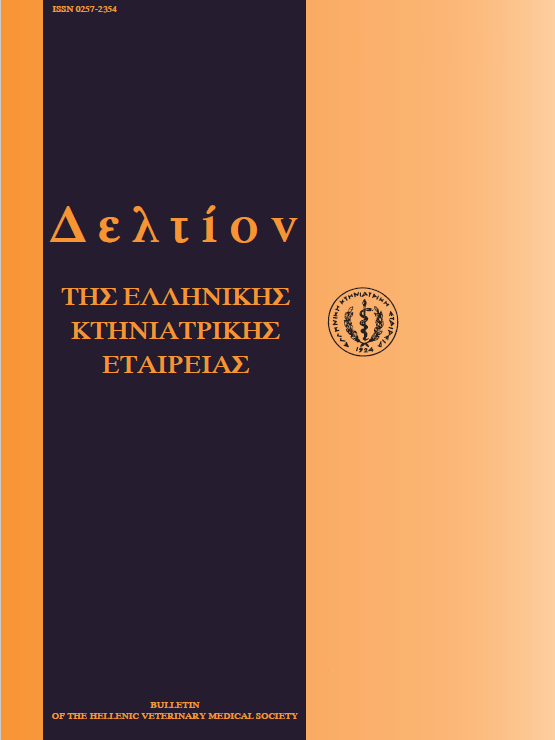Brachial plexus neuropathy or neuritis in the dog and cat: A report of 4 spontaneous cases
Abstract
One kitten and three adult dogs were admitted with a history of an acute or progressive lower motor neuron disease involving asymmetrically the thoracic limbs. Neurogenic muscular atrophy was also present affecting the relevant muscles in all the animals. As no other neuromuscular abnormalities could be detected on physical, radiological and clinicopathologic examination, a tentative diagnosis of brachial plexus neuropathy or neuritis was made. In the cat diagnosis was confirmed by electrophysiological testing demonstrating decreased sensory conduction velocity of the ulnar nerve and denervation potentials. The administration of prednisolone at antiinflammatory dosage for 3 weeks abolished or decreased the severity of the clinical signs in all the cases. Recurrence of the disease, one to 6 months after the cessation of treatment, was detected or reported for the 3 dogs where a follow-up was possible.
Article Details
- How to Cite
-
KOUTINAS (Α.Φ. ΚΟΥΤΙΝΑΣ) A. F., POLIZOPOULOU (Ζ.Σ. .ΠΟΛΥΖΟΠΟΥΛΟΥ) Z. S., GEORGIADIS (Γ. ΓΕΩΡΓΙΑΔΗΣ) G., SARIDOMICHELAKIS (Μ.Ν. ΣΑΡΙΔΟΜΙΧΕΛΑΚΗΣ) M. N., & PATSIKAS (Μ.Ν. ΠΑΤΣΙΚΑΣ) M. (2018). Brachial plexus neuropathy or neuritis in the dog and cat: A report of 4 spontaneous cases. Journal of the Hellenic Veterinary Medical Society, 51(1), 57–62. https://doi.org/10.12681/jhvms.15658
- Issue
- Vol. 51 No. 1 (2000)
- Section
- Case Report

This work is licensed under a Creative Commons Attribution-NonCommercial 4.0 International License.
Authors who publish with this journal agree to the following terms:
· Authors retain copyright and grant the journal right of first publication with the work simultaneously licensed under a Creative Commons Attribution Non-Commercial License that allows others to share the work with an acknowledgement of the work's authorship and initial publication in this journal.
· Authors are able to enter into separate, additional contractual arrangements for the non-exclusive distribution of the journal's published version of the work (e.g. post it to an institutional repository or publish it in a book), with an acknowledgement of its initial publication in this journal.
· Authors are permitted and encouraged to post their work online (preferably in institutional repositories or on their website) prior to and during the submission process, as it can lead to productive exchanges, as well as earlier and greater citation of published work.




